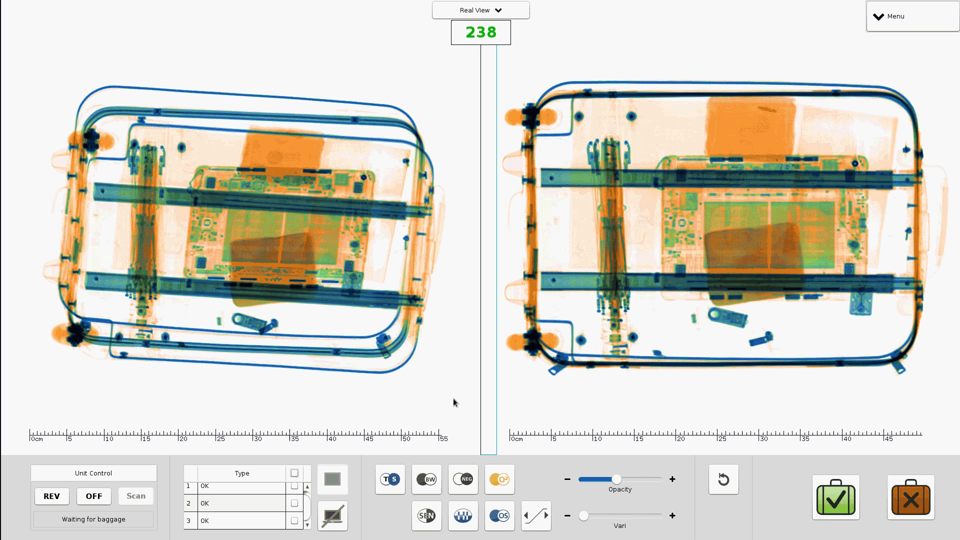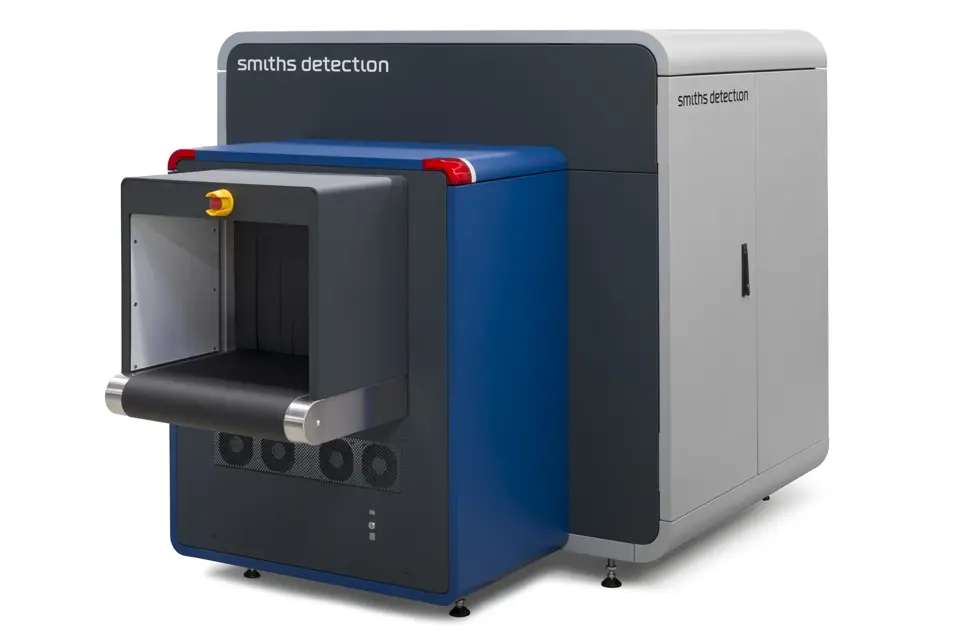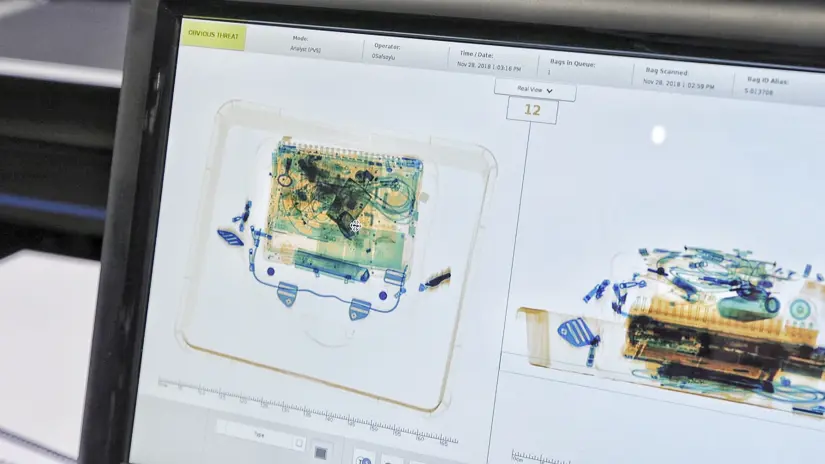We know passengers want the better checkpoint experience that 3D security screening can provide, but the perceived disturbance to existing operations might hold back some airports from adopting this new technology sooner. Where it is adopted, however, the benefits of this new generation of screening equipment are quickly recognised.
At the recent Australian Airports Association Conference 2019, our representative, Yotam Margalit, Principal of Yotam Margalit Consulting (YMC) shared his thoughts on why 3D imaging is the way to go and how best we can transition to this technology.
Threats increasingly designed to avoid detection
Tracing the progression of improvised explosive devices (IEDs), it’s clear that malicious individuals are evolving their techniques to avoid detection in existing X-ray scanners. As their methods become more sophisticated, these threats become harder to detect with typical 2D technologies and so, our approaches must evolve too.
Sophisticated threats require smaller amounts of explosives and fewer detonators. The fewer the detonators, the higher chance there is of cleverly disguised items clearing security checks. Heavy bomb components can also be concealed under objects of similar shapes in hope that the operator inspecting the scanned image wouldn’t be able to detect the threat that’s ‘lurking behind’.
Computed tomography (CT) 3D imaging for greater threat detection
Conventional X-ray scanners produce still 2D images that do not provide a layered view of a bag’s contents and they might not be smart enough to detect sophisticated threats. When the image is limited, automatic threat detection capability is reduced. Computed Tomography (CT) is the latest technology to be introduced to the world of baggage screening that helps overcome this problem. Commonly used in the medical field, this technology is now being used to provide high-resolution 3D images that enable operators to make a more accurate assessment of a bag’s contents.
Operators typically have an average of 12 seconds to make an assessment of whether to clear a bag through security or not. To allow operators to work better and to create a more efficient screening process, checkpoint screening systems must provide high resolution images, a higher probability of automatic threat detection, and low false alarm rate.
Digitally unpacking bags
There are several tools and functions already available in conventional X-ray scanners to help an operator make assessments i.e. organic/inorganic material discrimination, second view tool, and sharpness adjustment tool etc, these static images are often limited. However, where it’s hard to distinguish the contents of a bag, CT-generated 3D volumetric images provide operators with the required clarity to make more informed decisions.

With CT, an operator can zoom in/out and rotate scanned 3D images to inspect a bag’s contents—which we often describe as ‘digitally unpacking the bag’. And if physical inspection is required, items of concern are marked up on these 3D images which allows operators to swiftly examine the exact areas where these threats are located at.
With the ability to make more informed on-screen-inspection and resolution, the number of rechecks and physical inspection will be significantly cut back, resulting in a more effective flow of passengers through security and a lower cost of security operation. The new technology also reduces the burden on operators, making their work more efficient will ultimately result in better security outcome, improved passenger experience and operational efficiency and reduced operational costs.
What’s next: getting the most out of 3D screening technology
The data mining of 2D images has been going on for more than 40 years. To counter new sophisticated threats, we must begin data mining 3D images. This will enable us to build on an existing data bank and to expand the image library to enhance automatic threat detection capabilities.
While 3D image data mining is still in its infancy stage, there is untapped potential in harnessing this data to train and develop advanced image recognition algorithms for more sophisticated machine learning. Such image recognition algorithms can be customised to suit the security needs of each airport, whether it’s to enhance operational capacity or to detect specific threats.
Not just plug-and-play, but plug-train-and-play
To fully reap the benefits CT technology brings, airports must prepare operators for the switch from 2D to 3D imaging by providing them with appropriate training. There must be robust and effective training for security operators to smoothly transition from 2D to 3D screening. When operators are trained on how to properly inspect 3D images, travelers can expect a quicker security screening process. One key benefit of CT technology is that it eliminates the need to remove electronics, liquids and gels from bags. This alone has a positive impact on the throughput and speed. Checkpoints may also expect a decrease in physical inspection and rechecks, as 3D images provide an unobstructed all-dimensional view of a bag’s contents.
Help your checkpoint operators be ready for 3D. The ECAC CB C3 approved HI-SCAN 6040 CTiX offers 2D and 3D views, offering operators the freedom to toggle between both modes as and when necessary.

Onward with CT Technology
The benefits of 3D screening are vast, and its potential is just being tapped. Many jurisdictions are already requiring airports to adopt CT technology, but where they are not, airports should be considering the benefits CT can provide for better outcomes for their operations. To find out more about CT and what it can do for your airport, check out this guide on Computed Tomography (CT) at the passenger checkpoint.


